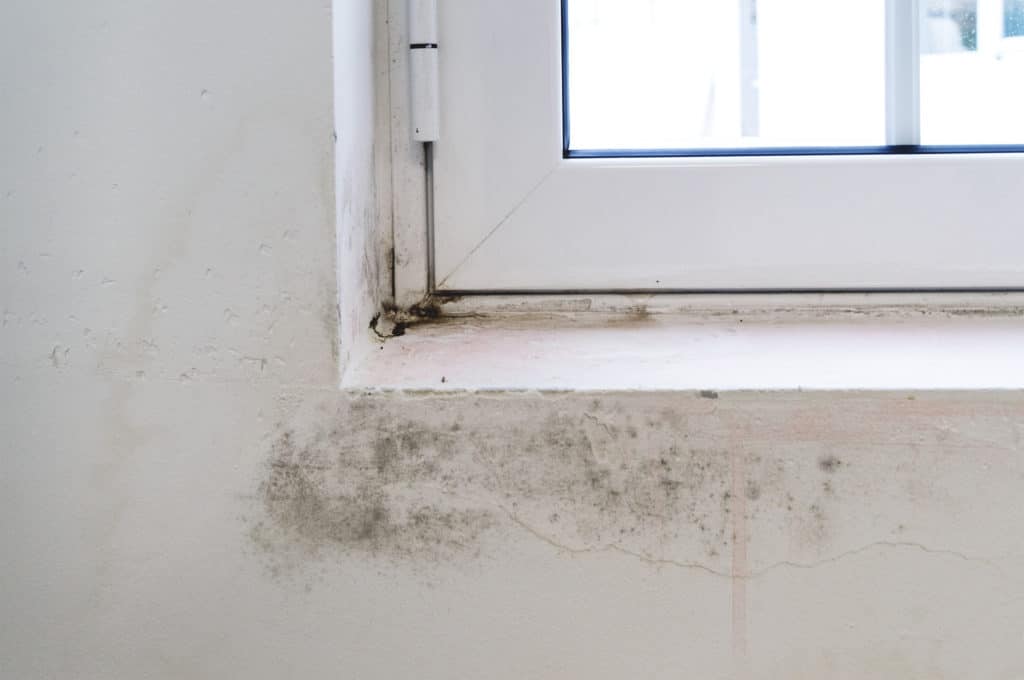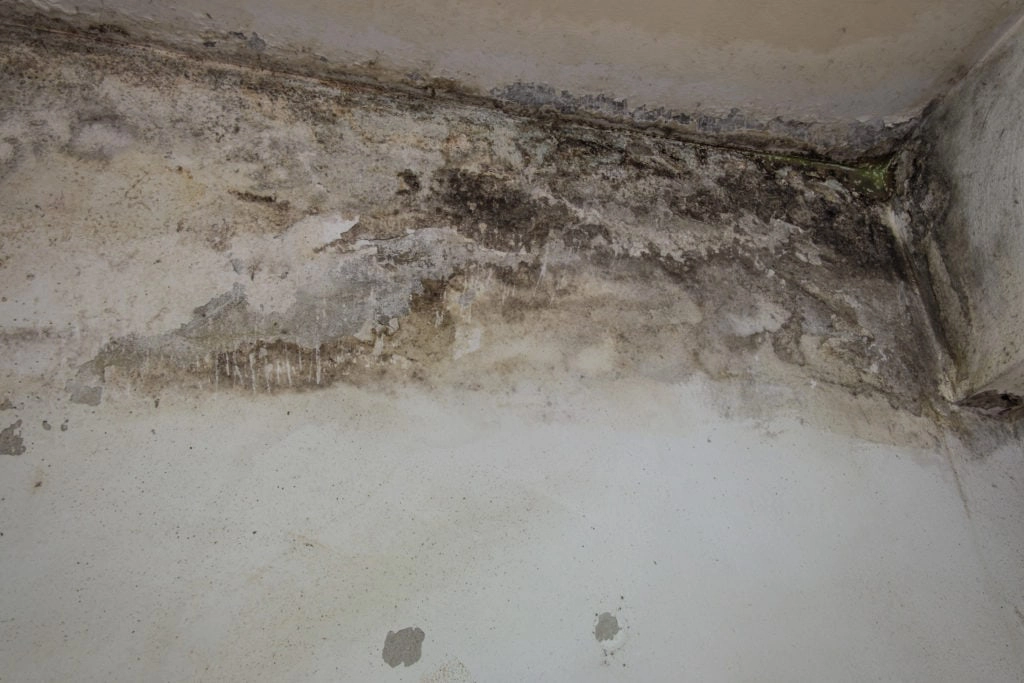Not all molds are the same. Some are ubiquitous and benign, and others are toxic and carcinogenic. With this wide range, it’s helpful to differentiate between different types of molds. That way, you can understand what a nuisance is, and what poses an actual health risk. In this post, North American Home Services explains several types of molds.

Penicillin
Penicillin is an antibiotic, but it’s also an allergenic mold. While the medicine form is good for you, the raw form isn’t as much. In fact, it can cause pretty severe respiratory issues. Since it spreads quickly, you’ll have to remediate it even faster.
Alternaria
Alternaria is a common allergenic mold with a velvet-like texture. The mold often grows in showers, sinks, and tubs. Additionally, it can cause asthma-like symptoms and spread quickly. Therefore, it’s best to address the issue promptly.
Chaetomium
Do you know how flooding and water damage present mold risk? Chaetomium is an excellent example of that. Although it may initially show as a white cottony substance, it eventually changes to black. Further, the smell is unpleasant. Health impacts can range from skin irritation to immune system issues and worse.
Aureobasidium
Aureobasidium is another allergenic mold. Often, homeowners locate it on wood surfaces or even behind wallpaper. The mold can irritate the skin and cause infections. With any mold, it’s best to take precautions not to smell or touch it directly.
Cladosporium
Cladosporium is olive or brown-colored allergenic mold. Exposure may cause allergic-type reactions.
Stachybotrys
Stachybotrys is the primary type of mold people refer to when they discuss “black mold.” It produces toxins from its dark black slimy texture. It thrives on wood, paper, and other wood-based products where high humidity exists for long periods. The toxic mold can cause severe health problems, and mitigation requires homeowners to leave the property during treatment. Consequently, it’s even more harmful to children and can cause neurological issues.
Trichoderma
Trichoderma is an allergenic mold. Although mostly non-pathogenic, it can sometimes produce those mycotoxins that cause more significant issues. Moreover, it destroys building materials, such as wood. In other words, it can lead to rot, which can lead to structural integrity issues.
Aspergillus
Aspergillus is another common mold. In fact, there are over 185 species. The mold is an allergen, but it can also be very toxic or carcinogenic depending on the species and location. Species variations also come in many different colors.
Specialty Inspections
General home inspections don’t always cover mold. Sometimes, mold inspections qualify as specialty inspections. Still, North American Home Services thoroughly inspects crawlspace, basements, the condition of walls, floors, windows, and so much more. Therefore, it’s not uncommon to identify mold during the inspection process. The same is true for commercial property inspections. If you live in Sacramento or the surrounding areas and need to schedule an inspection, call (916) 481-0268.




